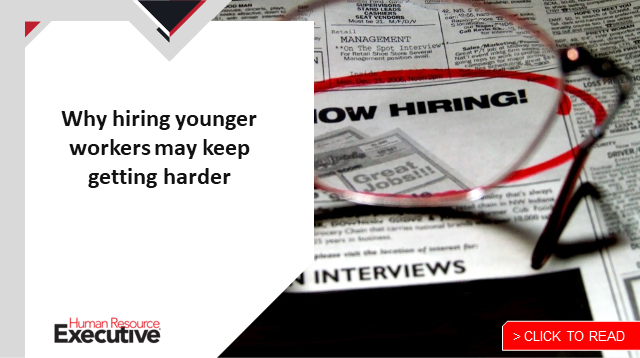The old days of employees showing up on their first day of work with a driver’s license and a list of family members’ Social Security numbers are long gone. Today’s onboarding process involves gathering extensive employee personal data, setting up benefits and launching orientation and training processes.
And there’s plenty at stake. A chaotic, frustrating or callous experience with an employer’s onboarding technology could create a negative first impression for the new employee that may impact their decision to stay or leave their new job. Aptitude Research’s recent report, Onboarding: Are we doing enough? found that 86% of employers surveyed believe that new hires decide whether to stay at a company in their first 90 days.
“Onboarding has a significant impact on retention,” says Madeline Laurano, Aptitude’s founder.
Although there is no data that correlates a new hire’s experience with a good or poor onboarding experience and their decision to stay with their new employer, HR experts agree that HR leaders ignore the importance of a positive onboarding experience at their peril.
“Onboarding is a critical aspect of any talent strategy. It is the first impression between an employee and employer and the transition between talent acquisition and talent management,” says Laurano.
If an employer fails to engage new employees on their very first day, they’re not going to engage them in the long term, warns Suzanne Harris, vice president of HR for NexusTek, an IT-focused managed services firm with 300 employees in 37 states. NexusTek relies on onboarding tools from payroll and HCM provider ADP to begin engaging new hires at least one week before their first day of work.
 “Those initial first steps cannot feel wonky, unorganized or not private,” says Harris. “If it does, then we are getting off on the wrong foot with the new workers.”
“Those initial first steps cannot feel wonky, unorganized or not private,” says Harris. “If it does, then we are getting off on the wrong foot with the new workers.”
A poor onboarding experience could inspire new workers to bail on the new job that they accepted days or weeks before their first day of work. “One in five companies stated that they have employees that do not show up on day one, and half stated that they had new hires not show up on day two,” says Laurano. “These individuals are often deciding about an employer even before they start.”
HR leaders must realize that onboarding starts immediately after the new candidate has accepted their job offer, says Debra Robinson, senior vice president and chief information officer of Oracle technology and operations at Hearst, a media and IT organization.
“Any delays on getting new equipment or reaching new managers and asking about benefits could sour their view of their new company,” she says.
Secrets of onboarding success
HR needs to contextualize and personalize the onboarding experience to help new employees be successful and get them engaged with their team members as soon as possible, says Aaron Smith, senior vice president of global product management and UX for ADP.
“It doesn’t mean you have to have all the right answers for a new joiner. It means creating a lasting first impression that’ll never be forgotten to the point the person stays for a year or 10 years or more,” Smith says.
Regular communication with a new employee is a cornerstone of the onboarding tool from Team Engine, which focuses on HR solutions for the blue-collar workforce. A new hire at a factory or distribution center that uses Team Engine, for example, will receive text messages at the end of the first day, the first week and the first month asking about their “onboarding experience.”
“We feel they’re going to be more likely to participate in work events and meetings because their voice is heard and they are appreciated,” says Danielle Look, a content marketing manager for Team Engine.
HR leaders must also be aware that combining onboarding with orientation and training can overwhelm new employees and diminish their impression of the new company. According to Dan Mallin, founder and CEO of Lucy, an AI-powered tool for managing data in operations and employee training, new hires forget 50% of the information presented during a training session within an hour; within a week, that figure jumps to 90%.
 “Onboarding and orientation is likely half of what they’re supposed to know but new employees often don’t retain it,” says Mallin.
“Onboarding and orientation is likely half of what they’re supposed to know but new employees often don’t retain it,” says Mallin.
In the end, a positive onboarding experience is an extension of an organization’s recruiting, interviewing and hiring process and HR leaders should want new recruits to feel that they made the right decision, says Nagaraj Nadendla, senior vice president of product development at Oracle.
“Whether you’re an employee or a candidate, you’re always a candidate,” he says. “You better pay attention to your employees because otherwise, they’ll become candidates for somebody else.”
Registration is open for HRE‘s upcoming HR Tech Virtual Conference from Feb. 28 to March 2. Register here.

